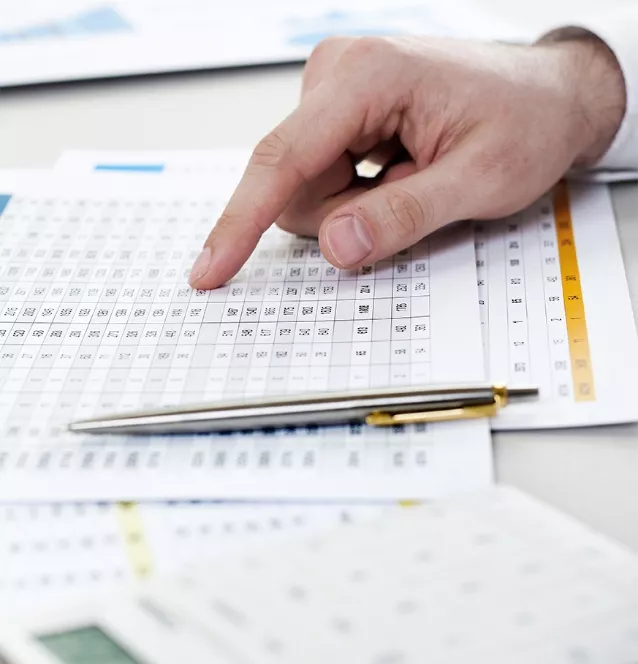Obviously, the list is exemplary, therefore in each case the author’s achievements should be analysed individually to determine whether they have the characteristics of a work.
The doctrine points to three prerequisites, which must be cumulatively met in order for a work to gain statutory protection: The work must be:
- The result of human labour
The first premise precludes copyright protection for, inter alia, works of nature or made as a result of automation of a machine process.
The identification of a work consists in making the work visible in such a form that at least one person other than the author can become acquainted with it. The moment the work is established, the protection becomes effective by operation of law.
It is irrelevant whether the establishment is permanent (e.g. a painted picture) or temporary (e.g. light visualizations). It should be emphasized that also an unfinished work, its preliminary stage (e.g. a beta version of software) or even a work which has not been fixed in any way is protected.
- Creativity of individual character.
The individualization of the work of a given author may pose many difficulties. It is not just about the creation and realisation of the author’s ideas, but about capturing the author’s characteristic skills, knowledge and sensitivity. Works should be distinguished by the “stamp of the creator” and a characteristic feature.
Therefore, trivial and routine works are generally not subject to copyright protection (however, it should be emphasised that the line of rulings by the courts on this subject is inconsistent and there is no uniform position as to how “different” the work must be from competing works).
Do you program? Or do you plan advertising campaigns? If you have any doubts as to whether your works may be protected under copyright law, contact a law firm with many years of experience in protecting creators.
















